Case Studies, Blog & News Articles
Take a look at the work we’ve done, or read through our blog.
For instance, you could choose Case Studies or browse through our different blog categories.
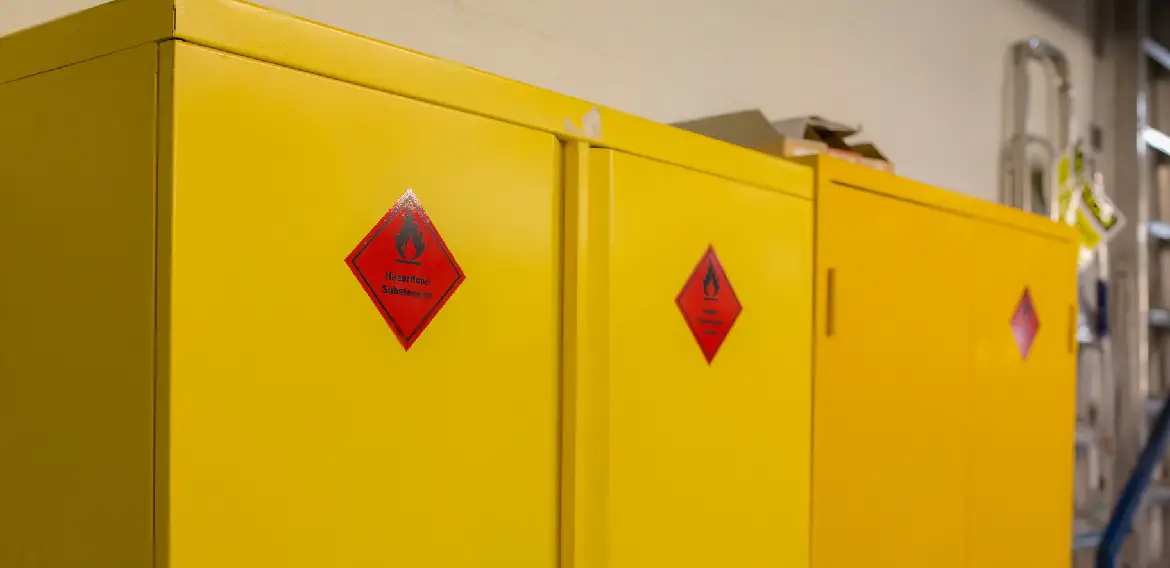
AS3780 Cabinets: The storage and handling of corrosive substances
Introduction In the previous post, we discussed WorkSafe New Zealand press release about AS 1940 cabinets covering the compliance standards, inspection requirements and enforcement actions

WorkSafe New Zealand’s AS1940 Cabinets Update: Key Compliance Insights for Businesses
Introduction WorkSafe New Zealand has recently issued a crucial press release regarding AS1940 cabinets, which are essential for the safe storage of flammable and hazardous

Why you should consider Powered Air Purifying Respirators (PAPR)
Reprinted with permission from our supplier PH7 When it comes to respiratory protection, most people think of dust masks or half and full face masks
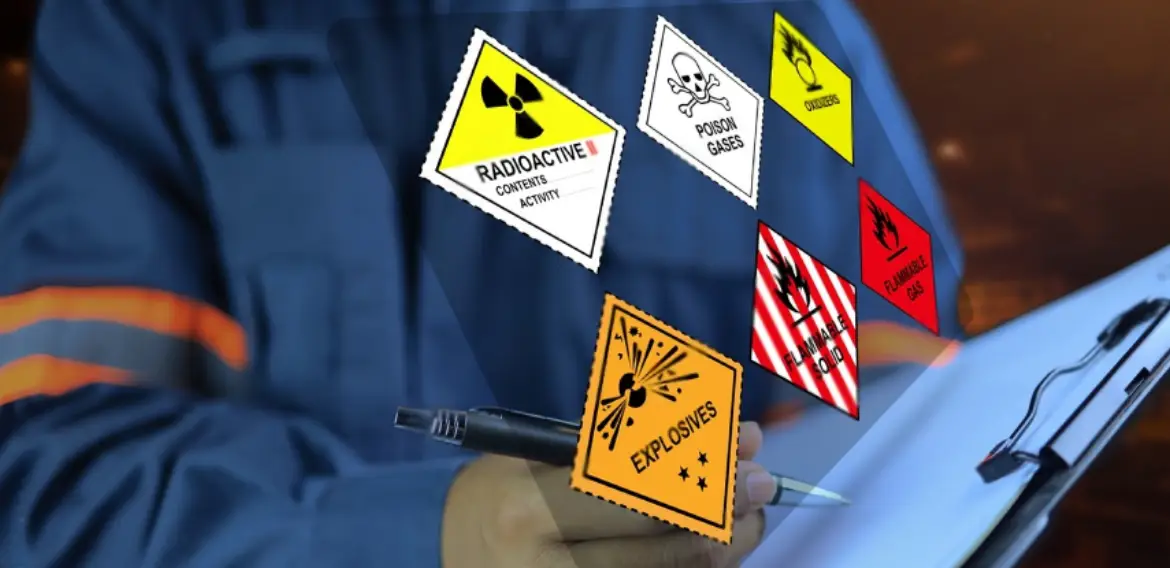
Approved Handlers, Certified Handlers & Competent Persons – What’s the difference?
Prior to the Hazardous Substances Regulations 2017 coming into law, if you were a business there was a requirement to have workers who were trained

Chemical Safety in New Zealand Workplaces: A Comprehensive Guide by Rifft Solutions
In the ever-evolving landscape of New Zealand’s industries, chemical safety remains paramount. With the increasing use of hazardous chemicals in various sectors, understanding and implementing
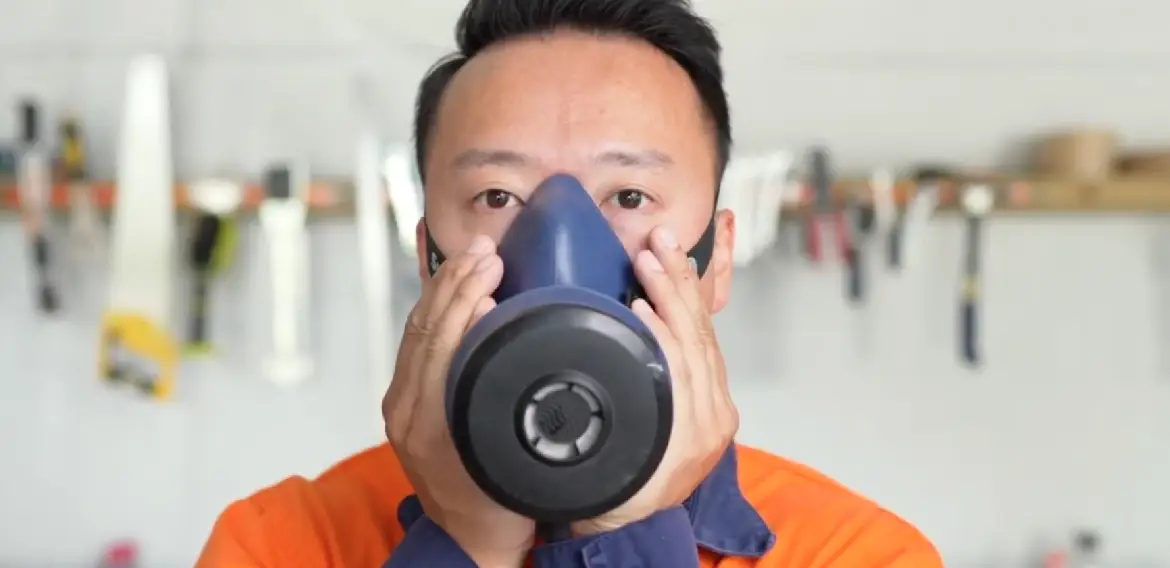
Can workers share a respirator?
We are often asked if it is possible for staff to share a respirator mask. In case where mask use is spasmodic, this is a

Protecting Lives and Livelihoods – A lesson from Whakaari White Island
Article adapted from the New Zealand Herald and other sources. Why Every PCBU Must Prioritise Health and Safety. Let’s look back at the horrifying events

What is a Certified Handler?
A Certified Handler is someone who has been assessed and deemed competent to manage and handle very hazardous substances. If you handle acutely toxic (class

RIFFT SOLUTIONS TURNS 1!
On this day last year, we were incorporated and started operating as a business. Looking back it was a spontaneous decision made after the two
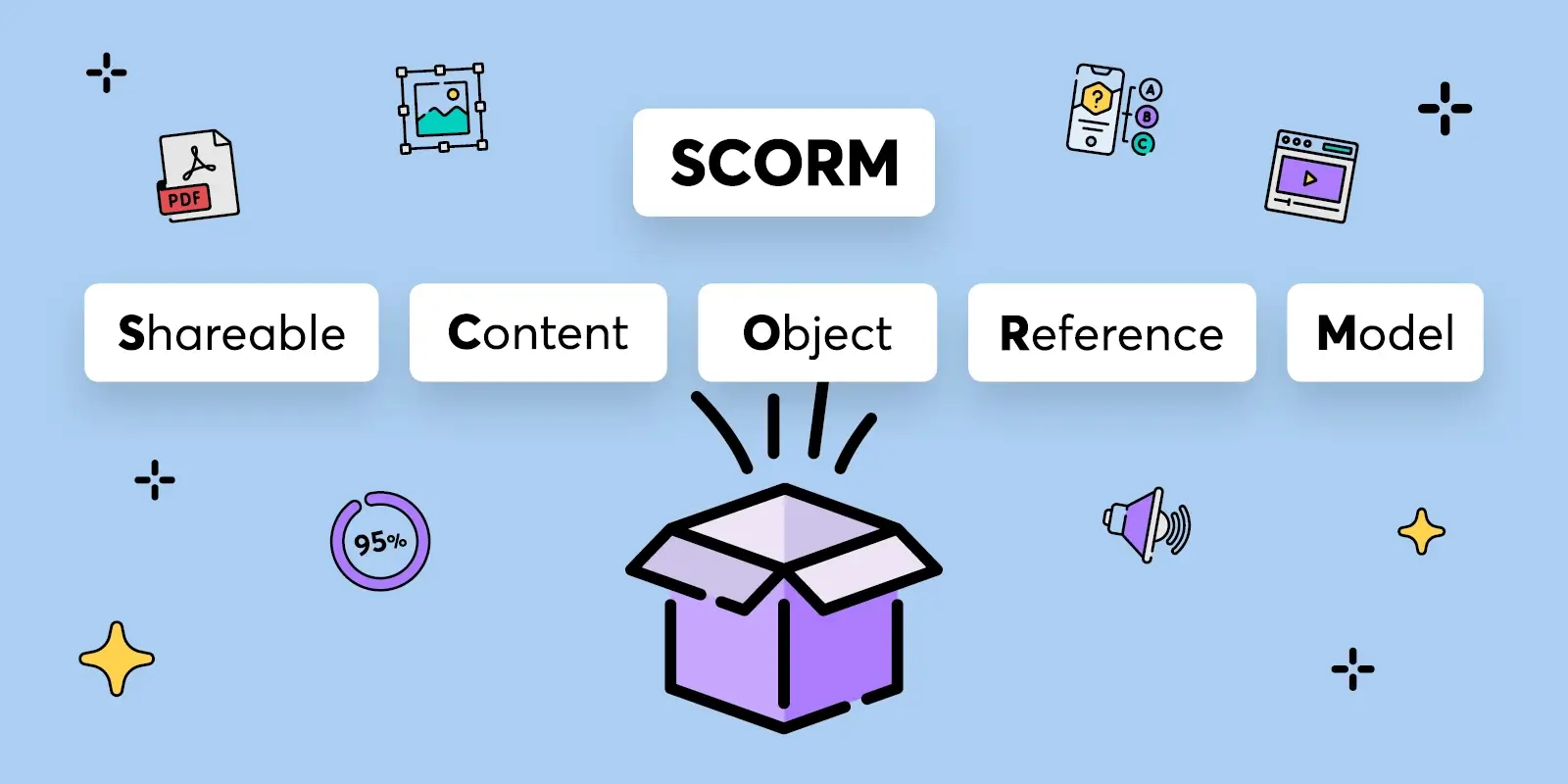
The Gold Standard For eLearning Courses: SCORM
A flexible eLearning format The world of eLearning has come a long way since the days of CD-ROMs and PowerPoints. In an ever connected and
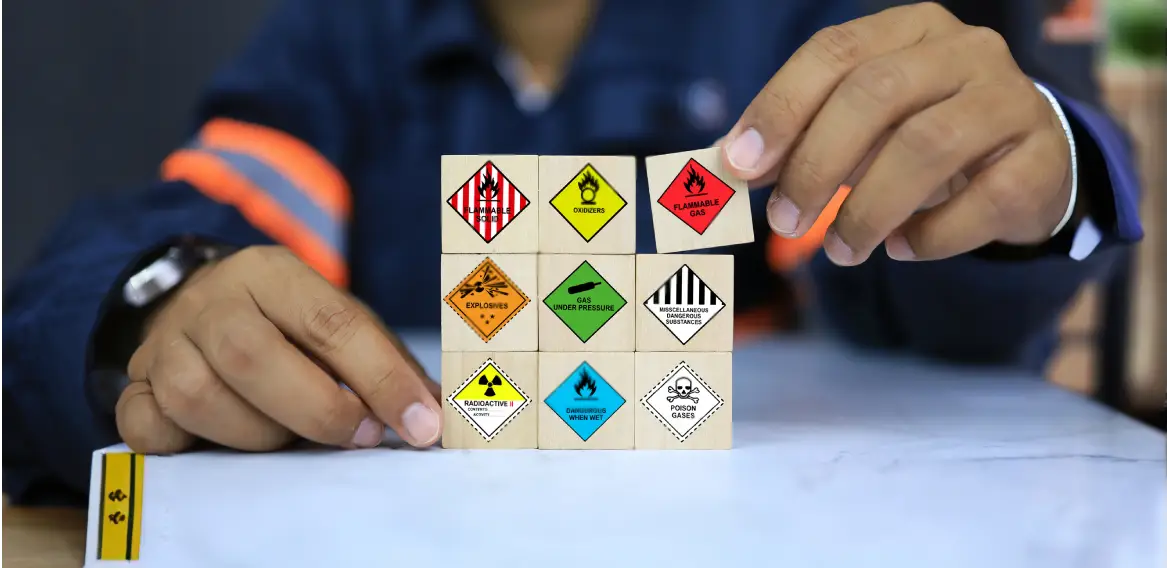
The Importance Of Good Training
Part 1: What Makes A Good Trainer
The importance of good training can never be underestimated. When it comes to a topic like Chemical Handling, the most natural reaction I come across

Workplace Traffic Management Plans
Traffic Management Plans are a type of HSWA plan that details the desired flow of vehicle and pedestrian movements within the site or building. This
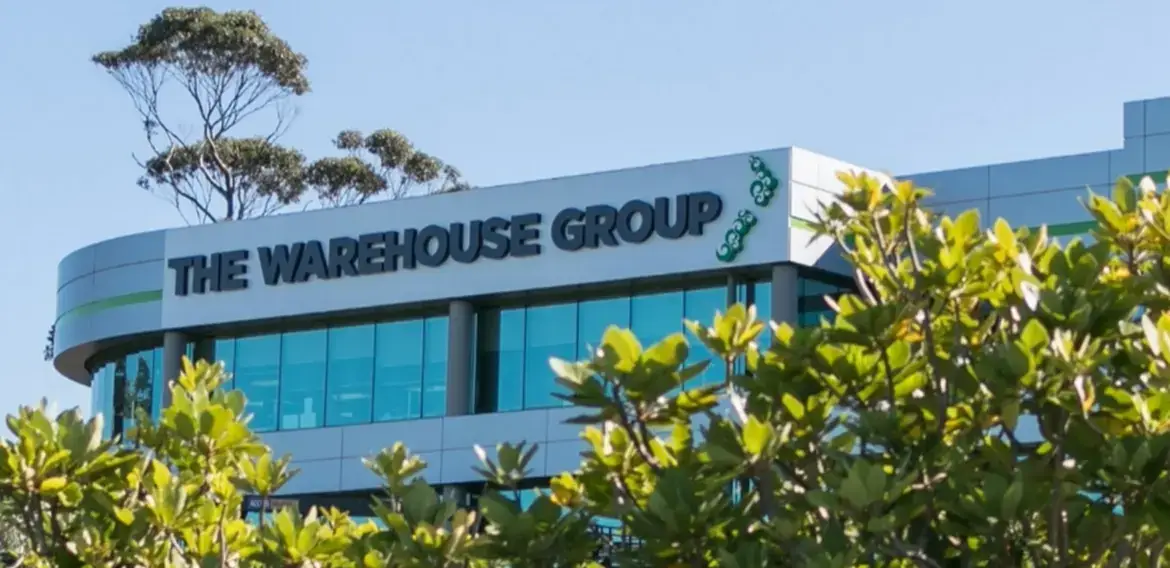
Regulation 4.5 eLearning for The Warehouse Group
Developing a bespoke and engaging Regulation 4.5 eLearning module for The Warehouse Group. Background: Regulation 4.5 of the Hazardous Substances Regulations 2017 requires all those
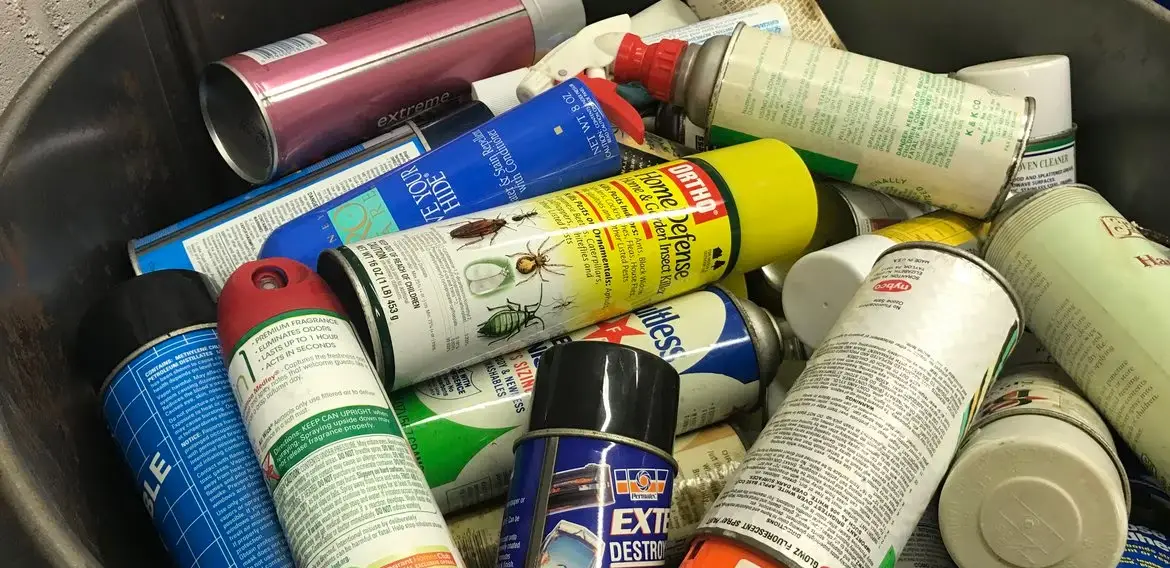
Best practice when keeping flammable gas substances.
When we visit various industrial locations and workshops to provide guidance on ideal ways to manage and store dangerous materials, we often encounter the incorrect

Personal Protective Equipment (PPE) Types and Requirements.
When it comes to workplace safety in New Zealand, nothing is more crucial than adhering to the Health and Safety at Work Act 2015 and
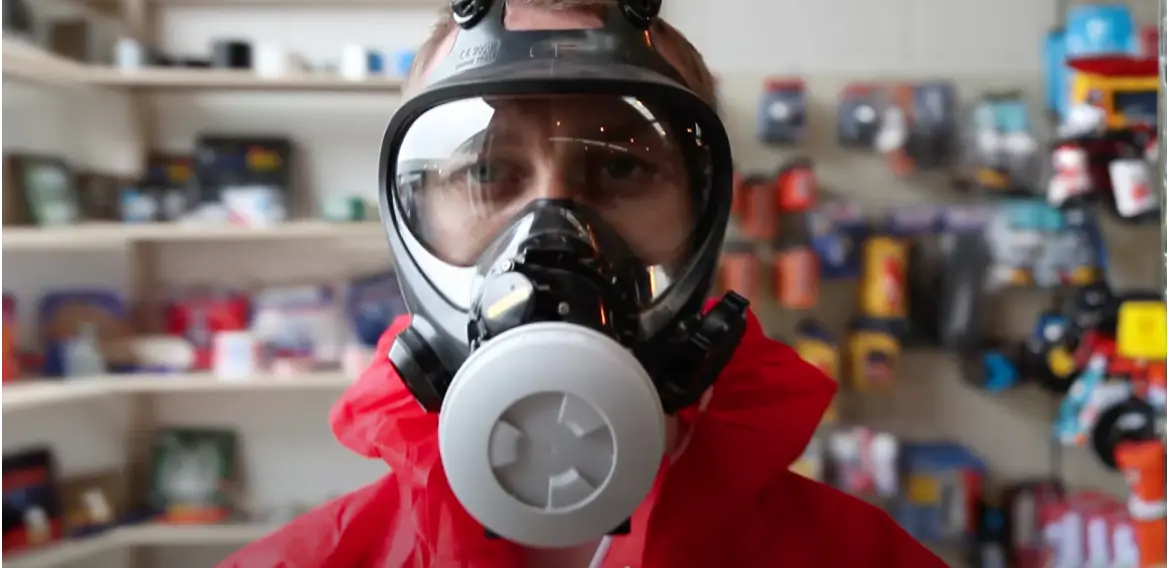
Why Should You Care About Respiratory Protection
When it comes to dealing with hazardous substances or tasks such as spray painting, respiratory protection is not just a safety precaution—it’s an absolute necessity.
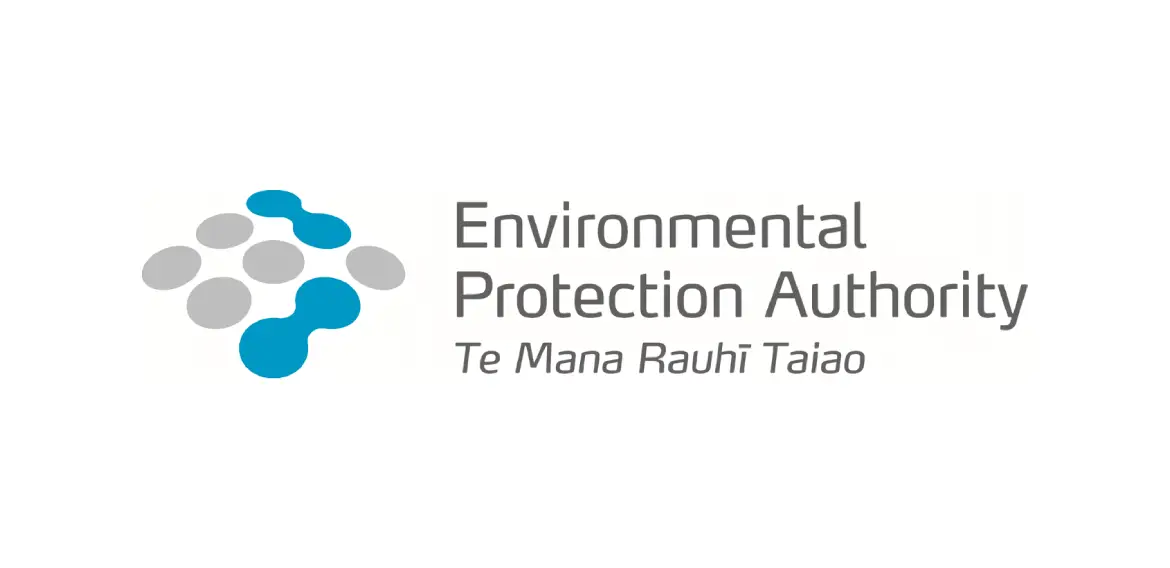
The Environmental Protection Agency
The management of hazardous substances is of paramount importance to protect both the environment and human health. In New Zealand, the Environmental Protection Agency (EPA)

What is Respiratory Fit Testing?
Respiratory fit testing plays a critical role in ensuring the safety and protection of workers in various industries. Under New Zealand regulations, the implementation of

Chemical Hazard Identification and Management in New Zealand
The regulatory landscape of New Zealand, as with other countries, recognizes the crucial role of managing and controlling chemical hazards. With a diversified industrial base,
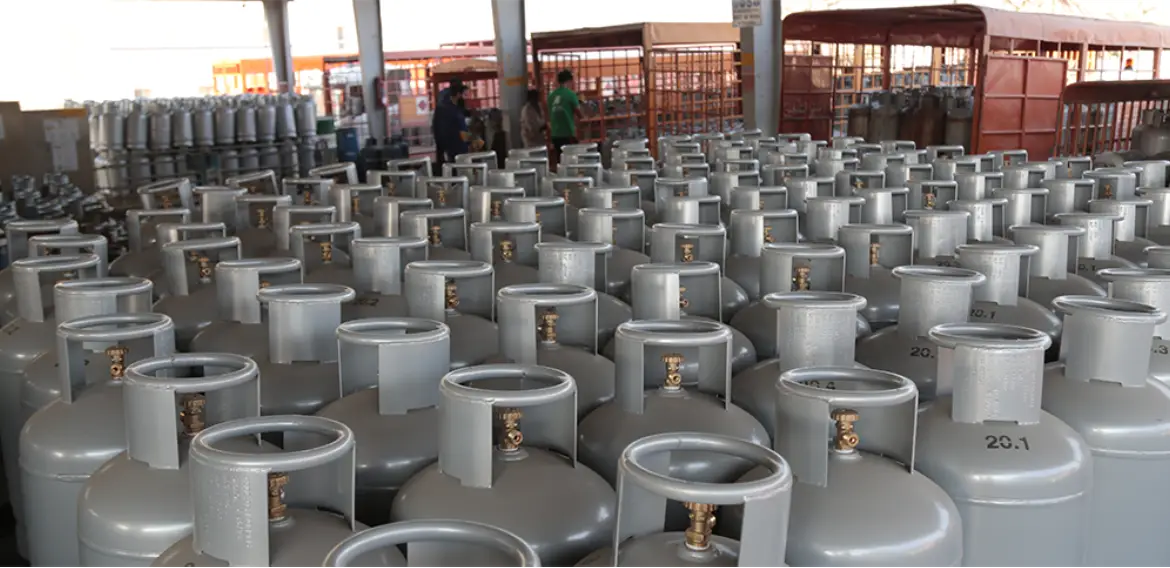
Liquefied Petroleum Gas in New Zealand
Liquefied Petroleum Gas (LPG) is a widely used and versatile fuel source in New Zealand. It is commonly used for heating, cooking, and powering various appliances.
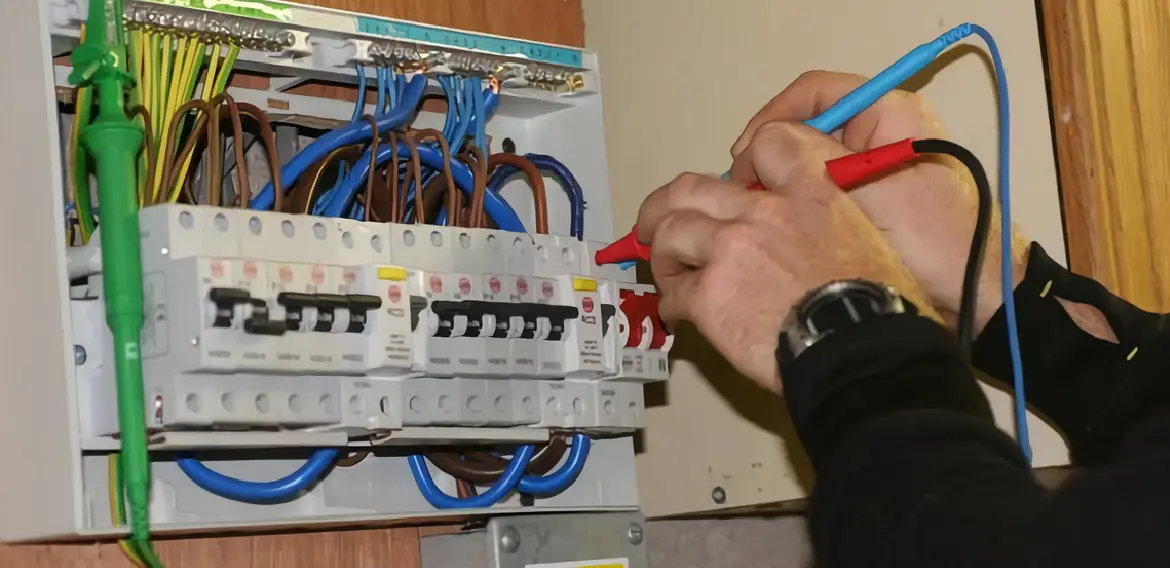
Electrical Certificate of Compliance (ECOC) in New Zealand
In New Zealand, maintaining the safety and integrity of electrical systems is of paramount importance. One of the key ways this is ensured is through

WorkSafe Approved Compliance Certifiers in New Zealand: Their Role and Importance
WorkSafe New Zealand, the primary regulator for workplace health and safety, plays a crucial role in ensuring that businesses across the country follow appropriate safety

Leveraging eLearning to Stay Compliant with Regulation 4.5 of the Hazardous Substances Regulations 2017
In New Zealand, the Health and Safety at Work Act 2015 places a significant responsibility on a Person Conducting a Business or Undertaking (PCBU) to
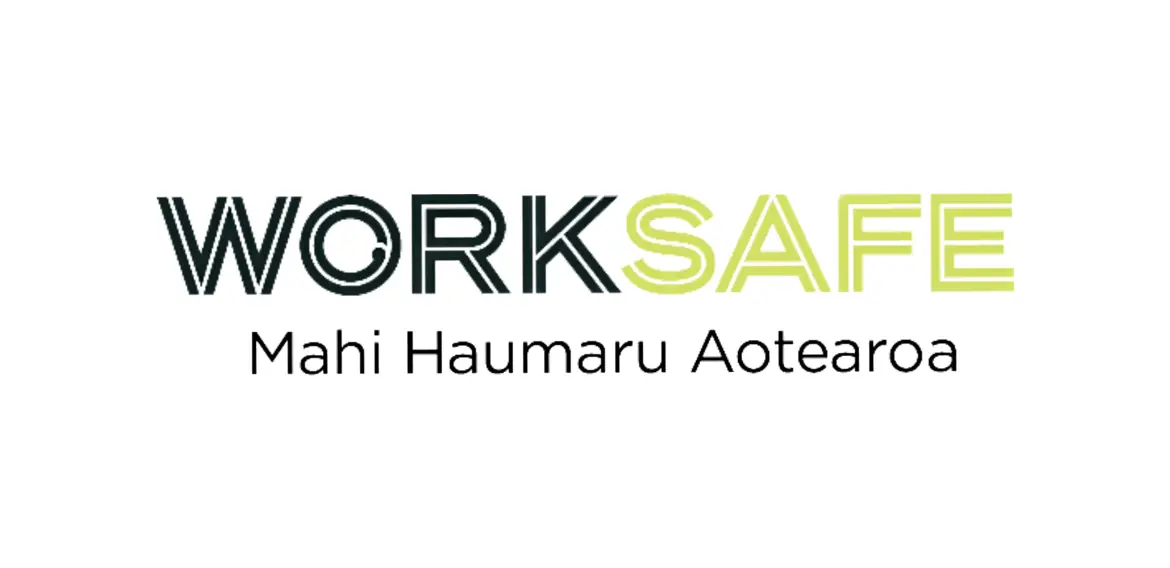
WorkSafe New Zealand and the Hazardous Substances Regulations 2017
WorkSafe New Zealand is the primary workplace health and safety regulator in the country. Its role is to ensure that businesses adhere to New Zealand’s
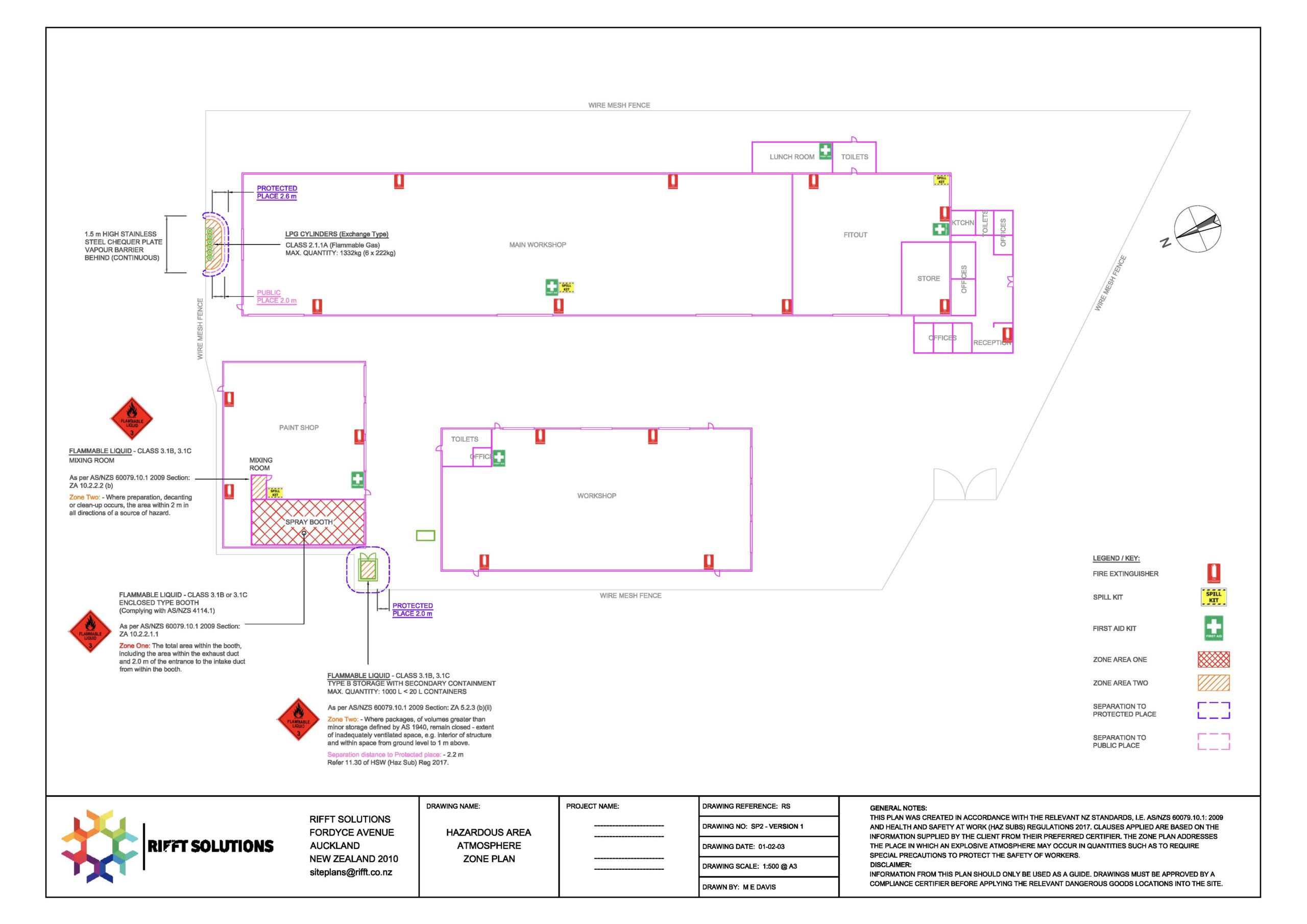
Hazardous Area Atmosphere Zone Plans.
The management of hazardous areas, particularly those with potential flammable atmospheres, is a critical concern in various industries such as oil and gas, chemical, and

Understanding Regulation 4.5 of the Hazardous Substances Regulations 2017
The Hazardous Substances Regulations 2017 of New Zealand is a comprehensive set of rules designed to manage the risks associated with hazardous substances. These regulations

The Gold Standard For eLearning Courses: SCORM
A flexible eLearning format The world of eLearning has come a long way since the days of CD-ROMs and PowerPoints. In an ever connected and

The Importance Of Good Training
Part 1: What Makes A Good Trainer
The importance of good training can never be underestimated. When it comes to a topic like Chemical Handling, the most natural reaction I come across

Regulation 4.5 eLearning for The Warehouse Group
Developing a bespoke and engaging Regulation 4.5 eLearning module for The Warehouse Group. Background: Regulation 4.5 of the Hazardous Substances Regulations 2017 requires all those

WorkSafe New Zealand’s AS1940 Cabinets Update: Key Compliance Insights for Businesses
Introduction WorkSafe New Zealand has recently issued a crucial press release regarding AS1940 cabinets, which are essential for the safe storage of flammable and hazardous

Approved Handlers, Certified Handlers & Competent Persons – What’s the difference?
Prior to the Hazardous Substances Regulations 2017 coming into law, if you were a business there was a requirement to have workers who were trained

Chemical Safety in New Zealand Workplaces: A Comprehensive Guide by Rifft Solutions
In the ever-evolving landscape of New Zealand’s industries, chemical safety remains paramount. With the increasing use of hazardous chemicals in various sectors, understanding and implementing

Protecting Lives and Livelihoods – A lesson from Whakaari White Island
Article adapted from the New Zealand Herald and other sources. Why Every PCBU Must Prioritise Health and Safety. Let’s look back at the horrifying events

What is a Certified Handler?
A Certified Handler is someone who has been assessed and deemed competent to manage and handle very hazardous substances. If you handle acutely toxic (class

Personal Protective Equipment (PPE) Types and Requirements.
When it comes to workplace safety in New Zealand, nothing is more crucial than adhering to the Health and Safety at Work Act 2015 and

Why Should You Care About Respiratory Protection
When it comes to dealing with hazardous substances or tasks such as spray painting, respiratory protection is not just a safety precaution—it’s an absolute necessity.

The Environmental Protection Agency
The management of hazardous substances is of paramount importance to protect both the environment and human health. In New Zealand, the Environmental Protection Agency (EPA)

Chemical Hazard Identification and Management in New Zealand
The regulatory landscape of New Zealand, as with other countries, recognizes the crucial role of managing and controlling chemical hazards. With a diversified industrial base,

Liquefied Petroleum Gas in New Zealand
Liquefied Petroleum Gas (LPG) is a widely used and versatile fuel source in New Zealand. It is commonly used for heating, cooking, and powering various appliances.

Electrical Certificate of Compliance (ECOC) in New Zealand
In New Zealand, maintaining the safety and integrity of electrical systems is of paramount importance. One of the key ways this is ensured is through

WorkSafe Approved Compliance Certifiers in New Zealand: Their Role and Importance
WorkSafe New Zealand, the primary regulator for workplace health and safety, plays a crucial role in ensuring that businesses across the country follow appropriate safety

Leveraging eLearning to Stay Compliant with Regulation 4.5 of the Hazardous Substances Regulations 2017
In New Zealand, the Health and Safety at Work Act 2015 places a significant responsibility on a Person Conducting a Business or Undertaking (PCBU) to

WorkSafe New Zealand and the Hazardous Substances Regulations 2017
WorkSafe New Zealand is the primary workplace health and safety regulator in the country. Its role is to ensure that businesses adhere to New Zealand’s

Hazardous Area Atmosphere Zone Plans.
The management of hazardous areas, particularly those with potential flammable atmospheres, is a critical concern in various industries such as oil and gas, chemical, and

Understanding Regulation 4.5 of the Hazardous Substances Regulations 2017
The Hazardous Substances Regulations 2017 of New Zealand is a comprehensive set of rules designed to manage the risks associated with hazardous substances. These regulations

AS3780 Cabinets: The storage and handling of corrosive substances
Introduction In the previous post, we discussed WorkSafe New Zealand press release about AS 1940 cabinets covering the compliance standards, inspection requirements and enforcement actions

WorkSafe New Zealand’s AS1940 Cabinets Update: Key Compliance Insights for Businesses
Introduction WorkSafe New Zealand has recently issued a crucial press release regarding AS1940 cabinets, which are essential for the safe storage of flammable and hazardous

Why you should consider Powered Air Purifying Respirators (PAPR)
Reprinted with permission from our supplier PH7 When it comes to respiratory protection, most people think of dust masks or half and full face masks

Approved Handlers, Certified Handlers & Competent Persons – What’s the difference?
Prior to the Hazardous Substances Regulations 2017 coming into law, if you were a business there was a requirement to have workers who were trained

Chemical Safety in New Zealand Workplaces: A Comprehensive Guide by Rifft Solutions
In the ever-evolving landscape of New Zealand’s industries, chemical safety remains paramount. With the increasing use of hazardous chemicals in various sectors, understanding and implementing

Can workers share a respirator?
We are often asked if it is possible for staff to share a respirator mask. In case where mask use is spasmodic, this is a

Protecting Lives and Livelihoods – A lesson from Whakaari White Island
Article adapted from the New Zealand Herald and other sources. Why Every PCBU Must Prioritise Health and Safety. Let’s look back at the horrifying events

What is a Certified Handler?
A Certified Handler is someone who has been assessed and deemed competent to manage and handle very hazardous substances. If you handle acutely toxic (class

Best practice when keeping flammable gas substances.
When we visit various industrial locations and workshops to provide guidance on ideal ways to manage and store dangerous materials, we often encounter the incorrect

Chemical Hazard Identification and Management in New Zealand
The regulatory landscape of New Zealand, as with other countries, recognizes the crucial role of managing and controlling chemical hazards. With a diversified industrial base,

Liquefied Petroleum Gas in New Zealand
Liquefied Petroleum Gas (LPG) is a widely used and versatile fuel source in New Zealand. It is commonly used for heating, cooking, and powering various appliances.

WorkSafe Approved Compliance Certifiers in New Zealand: Their Role and Importance
WorkSafe New Zealand, the primary regulator for workplace health and safety, plays a crucial role in ensuring that businesses across the country follow appropriate safety

WorkSafe New Zealand and the Hazardous Substances Regulations 2017
WorkSafe New Zealand is the primary workplace health and safety regulator in the country. Its role is to ensure that businesses adhere to New Zealand’s

AS3780 Cabinets: The storage and handling of corrosive substances
Introduction In the previous post, we discussed WorkSafe New Zealand press release about AS 1940 cabinets covering the compliance standards, inspection requirements and enforcement actions

Chemical Safety in New Zealand Workplaces: A Comprehensive Guide by Rifft Solutions
In the ever-evolving landscape of New Zealand’s industries, chemical safety remains paramount. With the increasing use of hazardous chemicals in various sectors, understanding and implementing

Can workers share a respirator?
We are often asked if it is possible for staff to share a respirator mask. In case where mask use is spasmodic, this is a

Protecting Lives and Livelihoods – A lesson from Whakaari White Island
Article adapted from the New Zealand Herald and other sources. Why Every PCBU Must Prioritise Health and Safety. Let’s look back at the horrifying events

Best practice when keeping flammable gas substances.
When we visit various industrial locations and workshops to provide guidance on ideal ways to manage and store dangerous materials, we often encounter the incorrect

Personal Protective Equipment (PPE) Types and Requirements.
When it comes to workplace safety in New Zealand, nothing is more crucial than adhering to the Health and Safety at Work Act 2015 and

Why Should You Care About Respiratory Protection
When it comes to dealing with hazardous substances or tasks such as spray painting, respiratory protection is not just a safety precaution—it’s an absolute necessity.

What is Respiratory Fit Testing?
Respiratory fit testing plays a critical role in ensuring the safety and protection of workers in various industries. Under New Zealand regulations, the implementation of

Workplace Traffic Management Plans
Traffic Management Plans are a type of HSWA plan that details the desired flow of vehicle and pedestrian movements within the site or building. This

Hazardous Area Atmosphere Zone Plans.
The management of hazardous areas, particularly those with potential flammable atmospheres, is a critical concern in various industries such as oil and gas, chemical, and